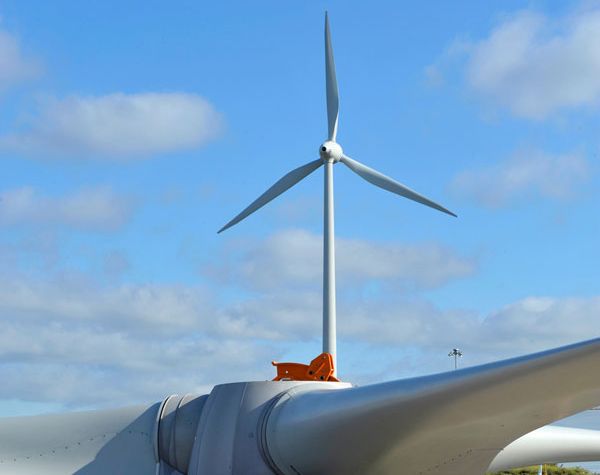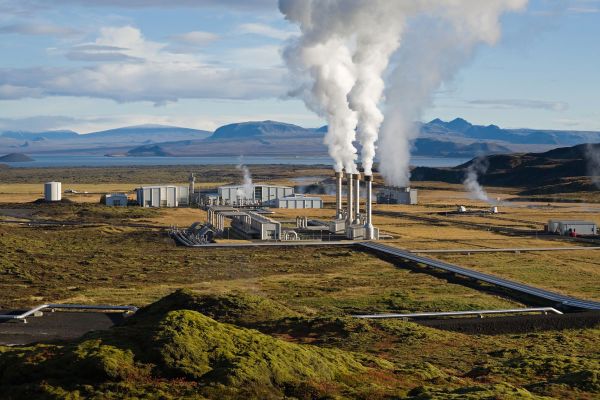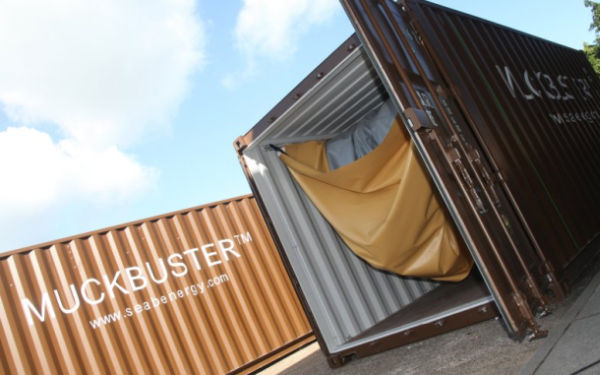
Food waste is largely abundant across the world. In several leading countries, food waste is a predominant part of their overall garbage. There are lots of ways to turn food waste to usable energy, which may be turned into methane gas, biofuel or electricity. If most part of the world’s food waste is well managed to produce energy, we will have enough amount of power to solve the looming energy crisis to quite an extent.
SeaB’s Muckbuster Anaerobic Digester
Muckbuster is an anaerobic digester from a green firm called the SeaB and turns deserted food items into clean energy. The container like system has the capability to recycle half a ton of food waste to generate the amount of energy required to run 150 computers. Muckbuster is outfitted with advanced technologies to derive methane from food waste through a biological process. The methane is later flowed through a heat and power system to produce electricity.
EBMUD’s example of turning waste into energy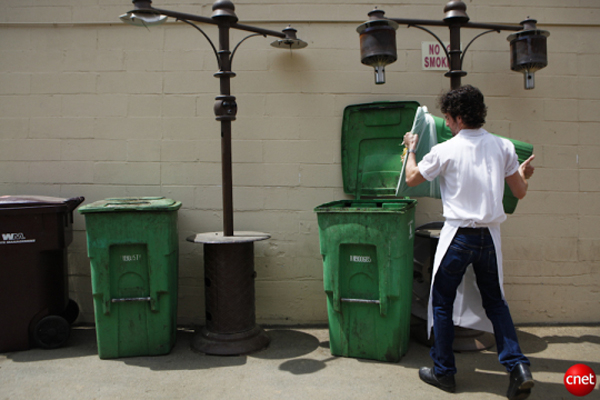
The East Bay Municipal Utility District (EBMUD) of the San Francisco Bay Area has done a great job in converting food waste to methane gas and later to energy. EMBUD also utilizes the natural process like the Muckbuster to turn the raw food waste to clean energy. The EBMUD was honored in 2007 with a grant of $50,000 by the EPA to encourage it develop new methods for digesting food waste to produce methane gas. The power produced by the EBMUD is used to run the regional waste water treatment plant.
Waitrose’s ‘food to fuel’ anaerobic digestion technology
Supermarket behemoth Waitrose introduced a ‘food to fuel’ technology to turn food waste to clean energy in 2010. The company initially launched the technology in all its dining halls at its HQ in Doncastle Road, Bracknell. This technology also makes use of anaerobic digestion (AD) to turn uneaten foods to renewable energy. Eco friendly micro organism is the base of the method to break down biodegradable material from food waste and to turn them to methane gases.
Ecotricity’s food waste power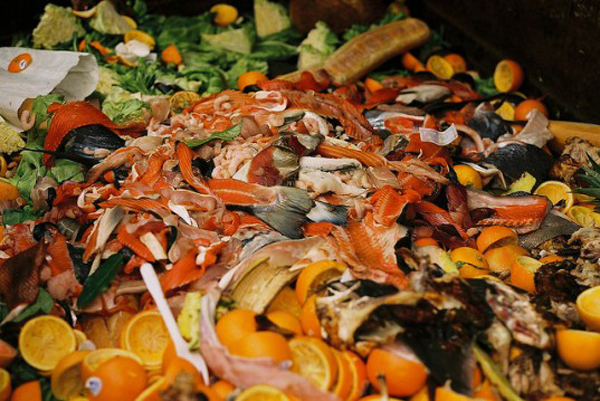
British householders are lucky enough to get an opportunity to subscribe to green power from Ecotricity’s food recycled clean energy systems. The green firm has been supplying clean energy for householders in the U.K. for a while. The company has multiple tariffs to avail power from food waste to the house owners. Ecotricity produces energy from food waste and other sustainable sources and is sold to householders for small prices, which will reduce the carbon footprint of people to an extent.
Lettuce turns food waste to power
The East Bay Municipal Utility District’s food waste energy project turns magnitude of food waste to energy through completely natural process. The eco friendly method helps people convert their food waste to methane gas. In the U.S, food waste is the second most prevalent waste reaching landfills. The best way to recycle food waste is to generate power from it. Various agencies successfully run such waste management plants to reduce the carbon footprint.
Pumpkin Power: Turning Food Waste into Energy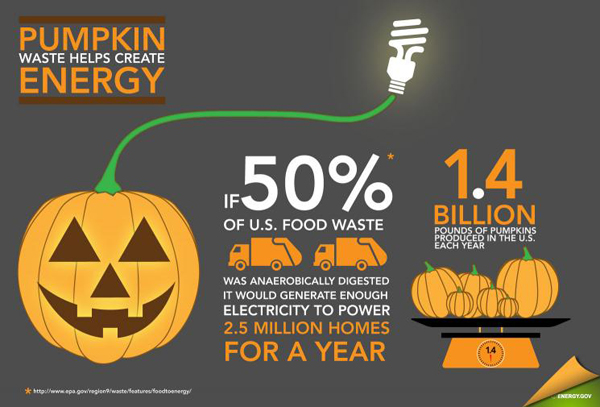
Discarded pumpkins can produce huge amount of energy if passed through advanced anaerobic digesters. Every year in the U.S., after the Halloween, heaps of pumpkins will move to the landfalls. The East Bay Municipal Utility District (EBMUD) collects and carries the pumpkin waste into its plants to produce energy. The bacteria breakdown of the pumpkin waste along with other food waste will produce methane gases, which can be used to produce energy.
Seattle’s project for food waste into electricity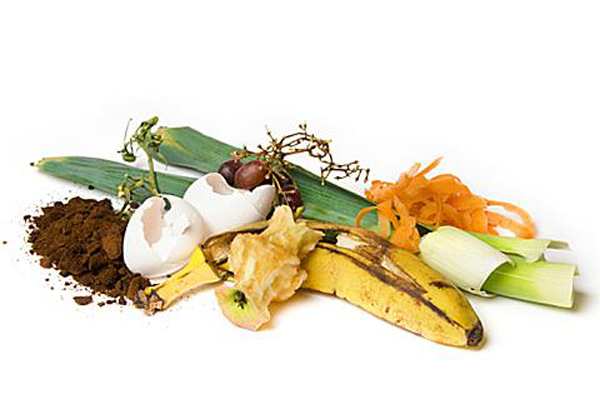
Seattle runs an advanced food waste to electricity project. Seattle authorities request residents to separate their food waste from rest of the trashes and to dump it in different waste bins. The biodegradable food waste is recycled to compost, methane and electricity at the Cedar Grove Composting north of Seattle. The technology will help Seattle meet its energy demands and also reduce its carbon footprint.
Sainsbury’s to turn food waste into biofuel
The U.K supermarket giant Sainbury’s turns all its waste to biofuel. Using advanced and eco friendly technologies, the supermarket has taken this move to reduce its carbon footprint. The company sends almost 42 tones of waste to biofuel refinery plants in Motherwell, where it will be turned to biofuel to produce electricity. Many more supermarkets and other firms process their waste in the same fashion.
Food waste turned to energy in San Francisco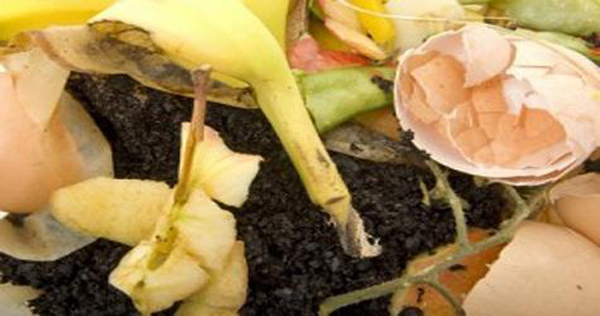
San Francisco’s East Bay Municipal Utility District gathers food waste from over 2300 restaurants and grocery stores. The energy produced of the process is used to power water treatment plants in the area. Under the project, more than 650,000 eastern Bay Area homes are benefited. They are provided with water and waste water treatment with the energy from the food waste.
GWE Biogas plant in Driffield
GWE Biogas plant in Driffield, East Yorkshire, U.K. is a massive anaerobic digestion plant to generate power from biogas. Food waste from the nearby households, restaurants and grocery stores are collected and processed in the plant to turn them into biogas, which can generate electricity. This anaerobic digestion plant powers up over 3,000 homes.



